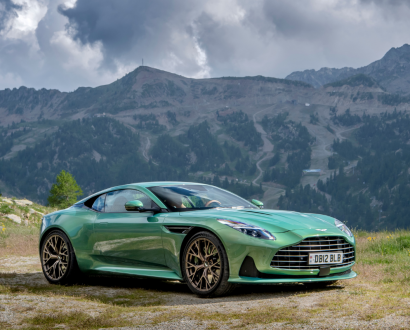A female voice, slightly scratchy, singing a haunting tune isn’t what you’d consider a recipe for becoming a YouTube hit, especially as it only lasts 10 seconds. With nearly a million views, however, this recording of a woman warbling the French folk song Au Clair de la Lune is more remarkable than it first appears.
In 2008, American researchers digging through a Parisian archive discovered a series of squiggles on a old piece of paper that had been filed away almost 150 years earlier.
They were inscribed by Édouard-Léon Scott de Martinville, an inventor who had created a machine that could record sound waves as they passed through the air.
Though it was only intended to visually study the recording and not play back the sound, the phonautograph, as it was called, predated Thomas Edison’s 1887 phonograph by 17 years. The discovery of its etchings was a breakthrough, and this group of American historians (who collaborated through an organisation called First Sounds) figured out how to convert the squiggles back into sound waves. The resulting scratchy playback, the first sound to have ever been recorded, is now permanently archived on YouTube, available for all to hear.
Since the phonautograph, our recordings of sound and particularly music have certainly progressed. There was Edison’s phonograph, which quickly became the standard for music for many years. Following on, we had sound on film, which recorded voices and music on the edge of filmstrip, and then electric amplification of vinyl records.







